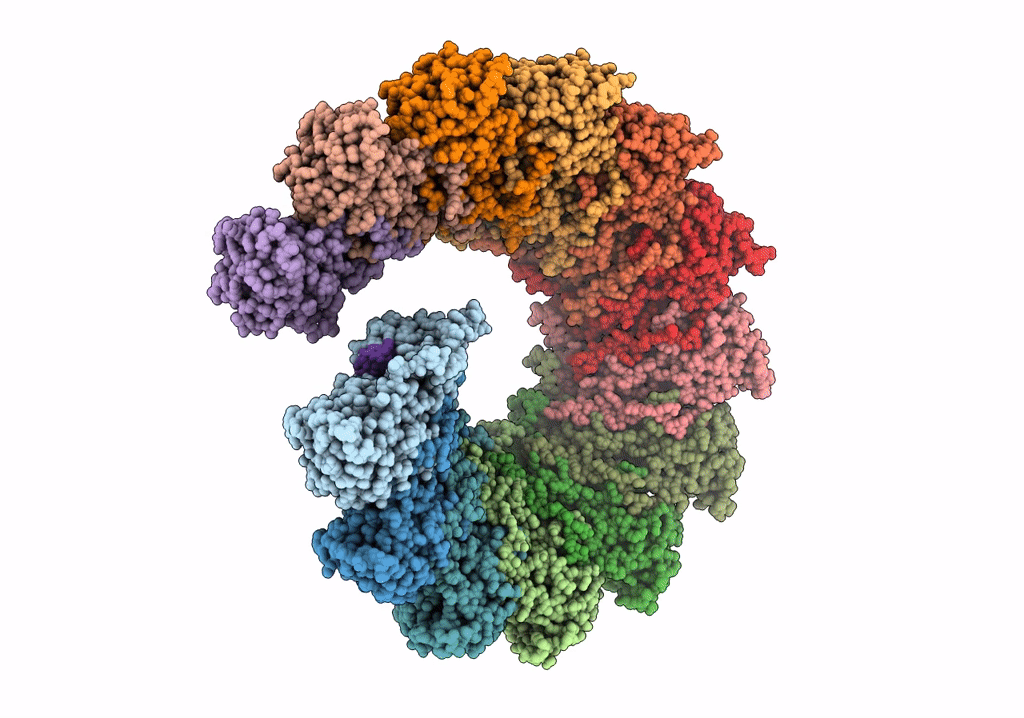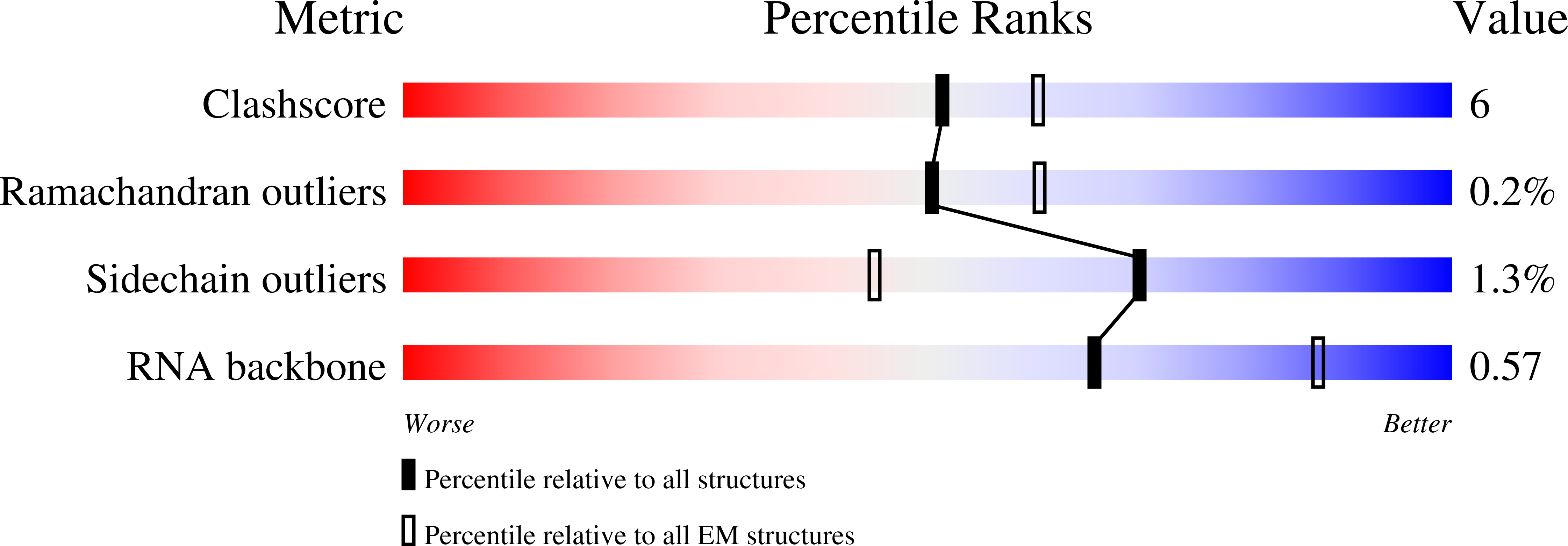
Deposition Date
2021-03-09
Release Date
2021-07-07
Last Version Date
2024-07-10
Entry Detail
PDB ID:
7NT5
Keywords:
Title:
CryoEM structure of the Nipah virus nucleocapsid single helical turn assembly
Biological Source:
Source Organism:
Nipah virus (Taxon ID: 121791)
Escherichia coli BL21(DE3) (Taxon ID: 469008)
Escherichia coli BL21(DE3) (Taxon ID: 469008)
Host Organism:
Method Details:
Experimental Method:
Resolution:
3.50 Å
Aggregation State:
PARTICLE
Reconstruction Method:
SINGLE PARTICLE


